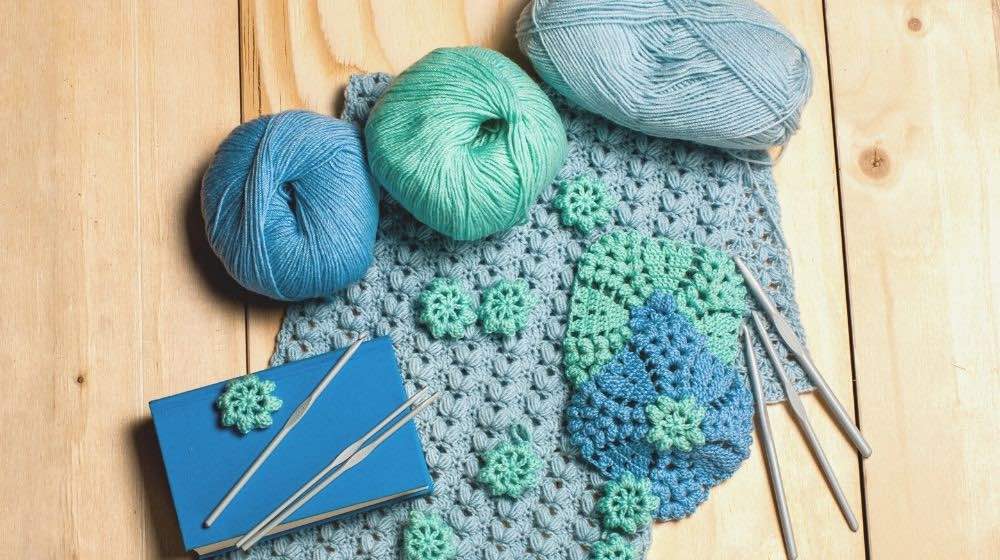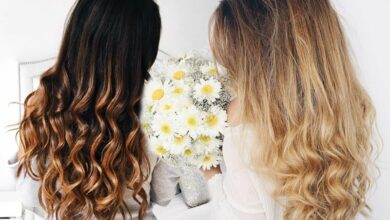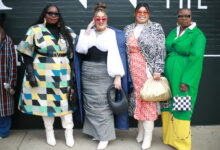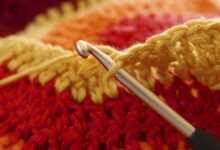Crochet Tools and Materials for Every Beginner
Every crocheter will agree that having the correct equipment improves their abilities and inventiveness. Whether you are a beginner or want to improve your skills by learning new methods, having decent crochet equipment on hand is crucial and should be picked carefully.
Crochet and knitting are two yarn crafts that are quite distinct but share many similarities. Both of these crafts use the same tools. So, if you previously knit, you may have the tools in your stash.
Must-Have Equipment for Crochet
Here is our must-have crochet equipment for any crocheter:
Crochet hooks
First and foremost, let us discuss the most important instrument – the crochet hook itself.
Crocheting uses a single hook, unlike knitting, which requires two needles. There are several alternatives available when looking for the best crochet hooks. Crochet hooks exist in a range of materials, forms, and sizes, each with its own set of advantages and disadvantages.
Crochet hooks are created from a range of materials, including aluminum, steel, plastic, bamboo, and wood. Each of these materials will have a distinct feel to it. Metal hooks, for example, are incredibly smooth and quick, although they might be frigid to the touch. Plastic hooks, on the other hand, are lightweight and warm, but they have a greater “grip” or friction on the yarn.

Crochet Hooks
Crocheting hooks are also available in bamboo, resin, and hand-carved wood. If you have the chance, experiment with different materials to find which sort of hook you like.
Crochet hooks are also available in a variety of forms and patterns. For example, Boye brand hooks feature a tapered hook head and throat, as well as a longer shaft. Susan Bates hooks have an inline hook head and throat, as well as a shorter shaft. Ergonomic type hooks, such as Clover Amour brand hooks, feature a hybrid design that falls somewhere between inline and tapered styles. It’s a good idea to try out a few various hooks until you select your preferred style.
Crochet Hook Sizes:
Hooks, of course, come in a variety of sizes. The size you require for your next project will be determined by the pattern and the yarn you use. Thin hooks go with thin yarns, whereas thicker hooks go with thicker yarns. Check the yarn label for a decent starting point if you’re not sure what hook size to use.
Most novices should start with aluminum or ergonomic hooks, such as these Clover crochet hooks. To begin, you will need one that is suggested for your yarn and the pattern you have selected. As your crocheting ability and confidence develop, you will require more hooks of varying sizes.
Crochet hooks are branded according to their size. However, different countries and regions employ various labeling schemes.
Yarn
Crochet yarn craft necessitates a fundamental comprehension of the yarn you will be utilizing. As a general guideline, the size of your crochet hook should correspond to the yarn you’re using. The yarn label specifies the needed crochet hook size. If you are confused about the size to use, a gauge is usually a useful item to have on hand. They can help you find the right size.
Stitch markers
These little accessories are useful for crocheting and knitting. Stitch markers are handy for marking stitches in a row, increases or reductions, and the start and last stitch in a certain design. We have them in both solid and split-ring versions, which are easy to detect and lovely to look at. Even for the slightest endeavor, have a pack on hand.
Darning or wool needles
Darning needles are indispensable tools for every craftsman. The needles make it possible to put the pieces together and weave in loose ends. While the needle’s eye should be big enough to easily accommodate the thread, your wool needle should have a rounded tip. When stitching, you will aim to prevent splitting the yarn by working between the stitches.
Measurement tape
Crochet yarn craft allows you to make your clothing to your specifications. Although most patterns provide instructions for many sizes, it is far more satisfying to personalize the garment of your choosing to fit your body. However, measurements are occasionally required.
Our retractable measuring tapes provide both inch and metric measurements to help you with measurements. Made of strong beechwood, they fit easily into a project bag.
Scissors
A nice pair of scissors is a craft need because they are only used for cutting yarn. An excellent tool to have on hand, be sure to purchase high-quality items that will last a long time. Our folding scissors are lightweight and have been specially developed to guard against sharp edges.
Blocking Instruments
Any crochet piece that has been blocked will always appear better. A blocking board and blocking pins are crucial tools after soaking and stretching your work.
Blocking items include blocking mats, pins, and even a sock blocker. The blocking mats come in parts that fit together like a jigsaw and may be fashioned to match the outline of your object. The cushioned surface may be utilized to securely pin your project in place. Our vibrant knit blockers resemble little pin combs and allow for quick and easy blocking of even wide-width pieces such as shawls, blankets, and sweaters pieces. They assist your stitches in relaxing and maintaining a uniform tension throughout the cloth, whereas single pins sometimes lose tension after a while.
With these 7 tools in your project bag, you’ll be ready for a fun and gratifying crochet experience.



